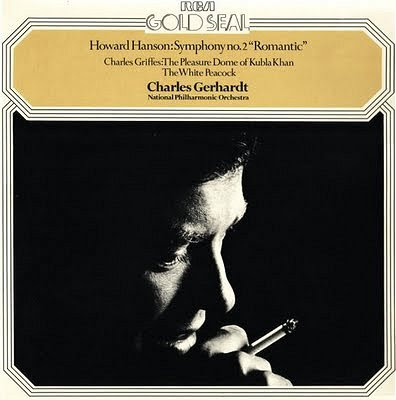A Rumi with a view of Claude Vivier
Montreal-based Constantinople Ensemble is a group of musicians who chose the journey, not only geographical, but also historical, cultural, temporal, and inner, as their cornerstone, drawing inspiration from all sources and aiming for distant horizons. To the cynic this vision will sound trite. But unlike so many in the world of contemporary art music, the Constantinople Ensemble under their music director Kiya Tabassian put their music where their mouth is.
Their recently-released album In the Footsteps of Rumi on the innovative Glossa label may be predictable in subject matter. But the core ensemble of setar (Persian lute), kanun (Turkish zither), percussion, and baroque violin and viola d'amore is far from predictable. For the exquisite Rumi settings in Persian and Arabic they are joined by Tunisian singer Ghalia Benali in an album that provides a refreshingly astute viewpoint on the over-exposed Rumi.
Even further off the predictability scale is the Constantinople Ensemble's album Cette Ville Étrange, a reimagining of the renowned 1981 Et je reverrai cette ville étrange (And I will see this strange city again) for chamber ensemble including Balinese gong by Canadian composer Claude Vivier. His lack of virtue signalling potential means Vivier is now, quite wrongly, an almost-forgotten figure. But his music has more merit and more attitude than the bland box-ticking 'discoveries' favoured by today's concert programmers, and Vivier has featured here several times, notably in my 2010 post Pushing the classical music envelope.
In 2014, ten Montréal musicians, each from another tradition, came together to re-imagine Claude Vivier's challenging Et je reverrai cette ville étrange. They re-arranged Vivier's score, rendered his melodies in their own manner, improvised around his music, while remembering their own traditional music through Vivier's composition. This challenging album - video here - is a composite selection of live recordings from various concerts from the project. It is an outstanding example of what can be achieved when musicians put their music where their mouths are, and not where the click bait is.











Comments